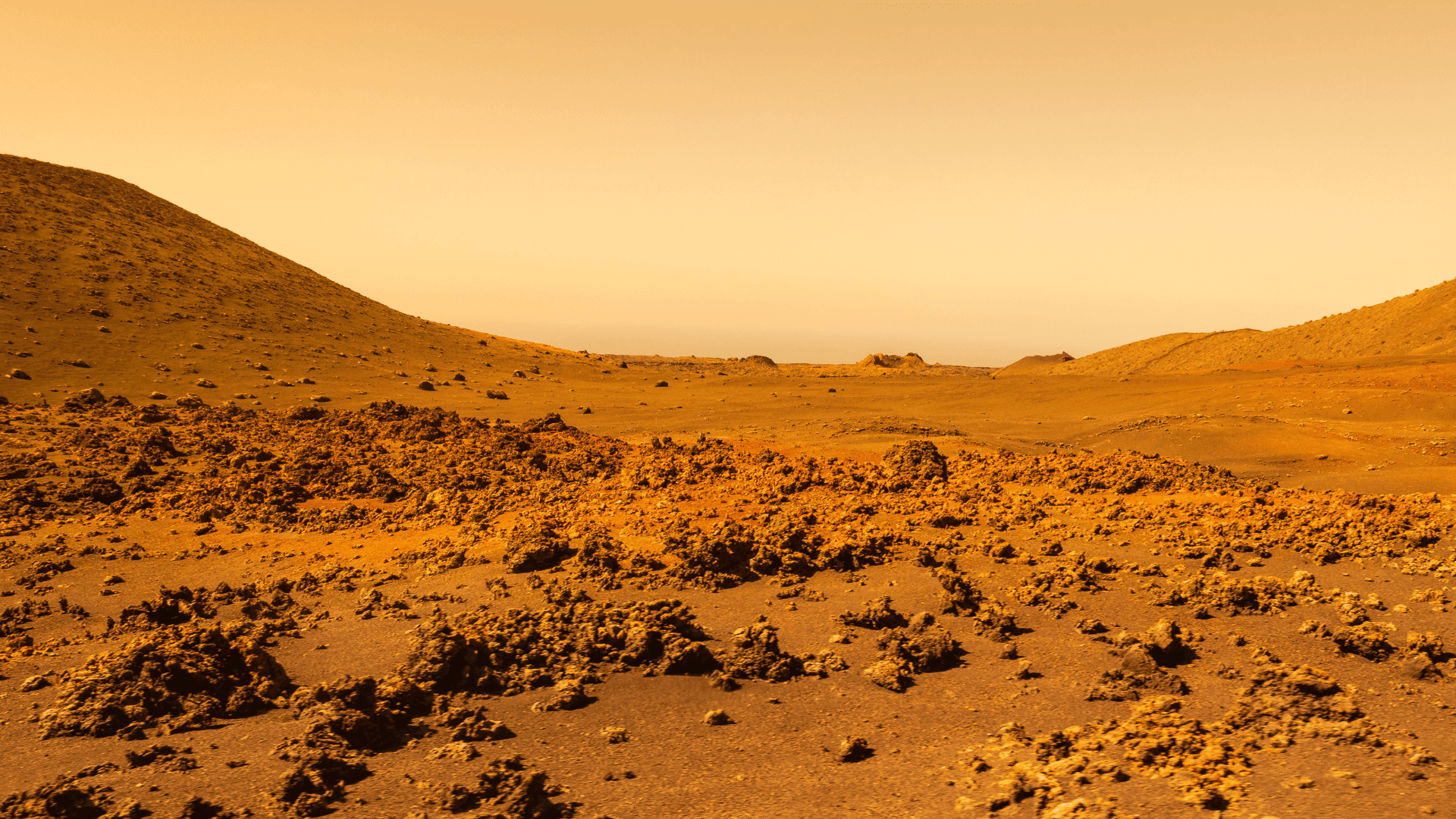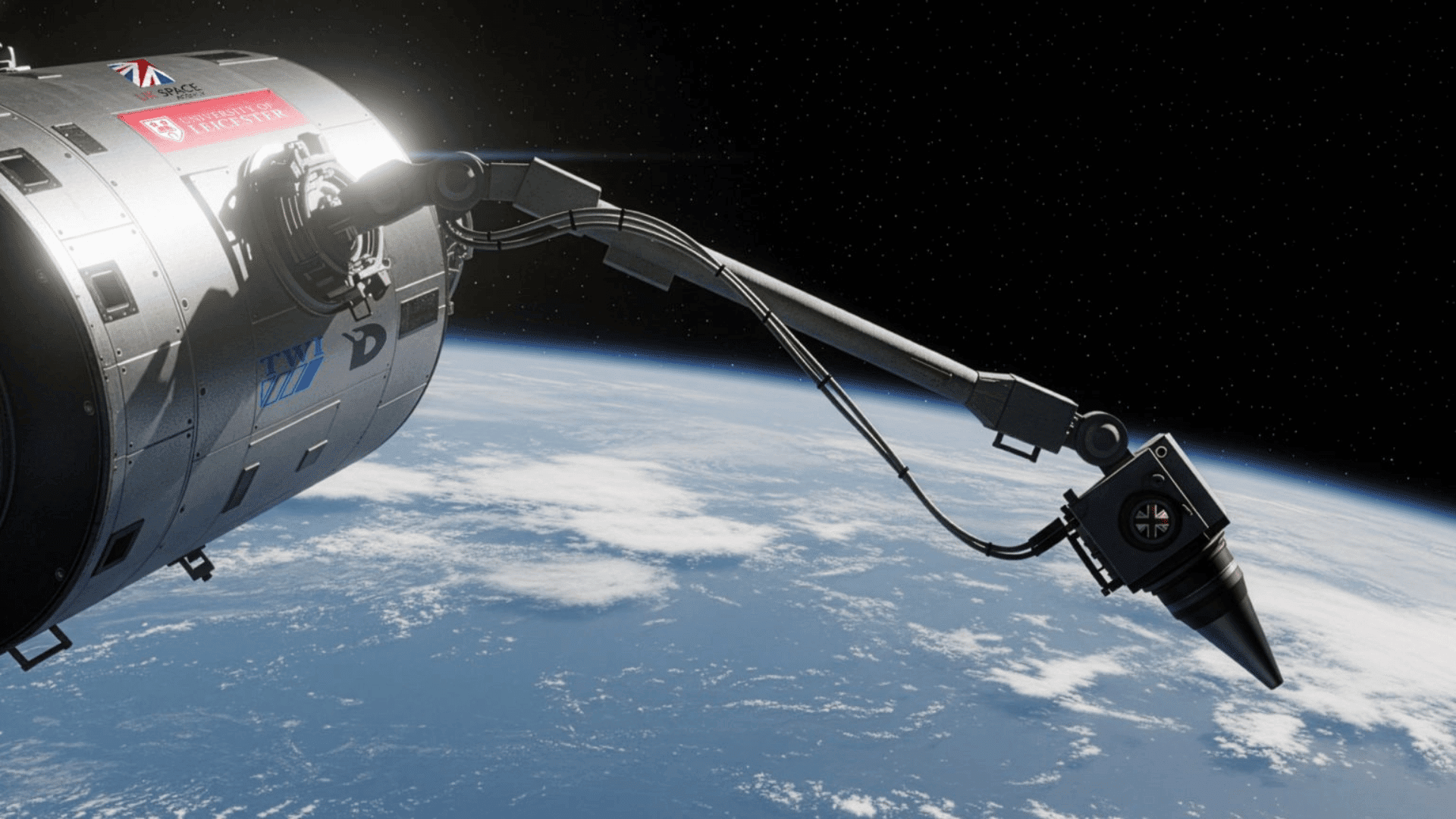Fly over Mars canyons in an immersive new video from the European Space Agency (ESA), where viewers are taken across the Red Planet. The animation is based on data from ESA’s Mars Express spacecraft.
Fly Across Mars

The Mars Express camera scans Mars’ geology as part of the mission to search for life. The spacecraft has resided on the Red Planet since 2003 and has received multiple mission extensions based on its scientific return. The spacecraft is still healthy after more than 20 years of service.
According to a statement from ESA officials, viewers are taken on a “mesmerising flight over curving channels carved by water, islands that have resisted erosion, and a maze of hilly terrain,” using images from the spacecraft’s high-resolution stereo camera.
“Central to the tour is a 1300 km [808-mile]-long outflow channel called Shalbatana Vallis,” they explained. “It cascades down from the highland region of Xanthe Terra to the smoother lowlands of Chryse Planitia. Billions of years ago, water surged through this channel, creating many of the features we see today. The tour culminates in a spectacular view of a 100 km [62-mile]-wide impact crater, smashed out of Mars’s surface when it collided with a space rock.”
Xanthe Terra was the name given to the region by the International Astronomical Union in 1979. According to the DLR, the German space agency, the name translates to “golden-yellow land.”
Viewers will see the flight cross the “Martian dichotomy boundary,” where the craters of the southern highlands gradually smooth into flatter plains in the northern lowlands. There are also outflow channels that “are wide, deeply incised valley structures that likely formed in Mars’ geological past during catastrophic flood events involving enormous quantities of water,” DLR officials said. This may have occurred as volcanoes melted underground ice deposits.







